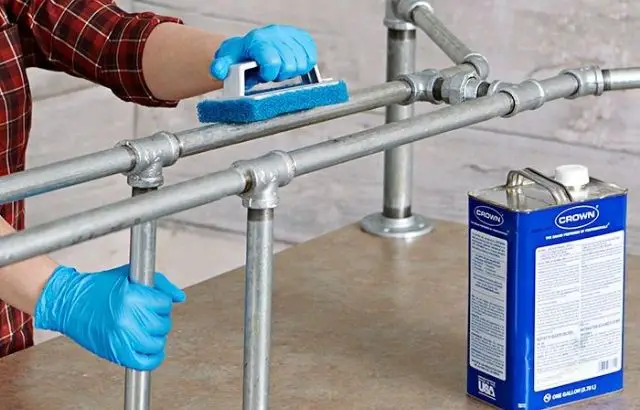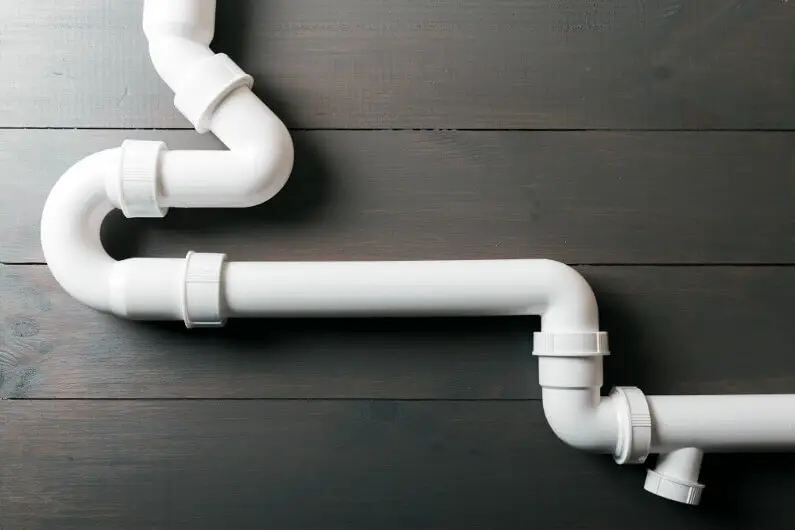Installing a well and septic system is a significant investment for homeowners. These systems provide reliable water source and a safe way to dispose of wastewater in areas where municipal services are unavailable. However, it is important to understand the costs involved before embarking on this project. In this article, we will explore the factors that affect the cost of installing a well and septic system, discuss the average costs, highlight additional expenses to consider, offer tips for reducing costs, and weigh the benefits of hiring professionals versus DIY installation.
Factors that Affect the Cost of Installing a Well and Septic System
Several factors influence the cost of installing a well and septic system. The first is the size of the property. Larger properties require more extensive excavation and piping, leading to higher costs. The type of soil on the property is another significant factor. Soil conditions can impact the ease of installation and the need for additional measures, such as soil testing or installing a drain field. The depth of the well and the quality of the water source also affect the cost. Deeper wells may require specialized equipment and more labor, while the need for water treatment systems can add to the overall expense.
In addition, local permitting and regulatory requirements can significantly impact the installation cost. Some areas have strict regulations requiring extensive testing, inspections, and permits before installing. These additional requirements can increase the overall cost of the project. Other factors to consider include the property’s accessibility, the distance from utilities, and the availability of experienced contractors in the area.
Average Costs of Installing a Septic System
The cost of installing a septic system can vary depending on several factors. On average, homeowners can expect to spend between $3,000 and $7,000 for a basic gravity-fed septic system. However, this estimate does not include the cost of permits, soil testing, or any additional components required by local regulations. In areas with more stringent requirements, homeowners can expect to pay upwards of $10,000 or more for a septic system installation.
Alternative septic systems may be necessary for properties with challenging soil conditions or limited space. These systems, such as aerobic treatment units or mound systems, can cost anywhere from $10,000 to $20,000 or more. These higher costs are due to the additional components and specialized equipment required for these systems.
It is important to note that these figures are just estimates and can vary significantly based on location, property size, soil conditions, and other factors. To get an accurate cost assessment, it is recommended to consult with local contractors and obtain multiple quotes.
Additional Costs to Consider
When budgeting for a well and septic system installation, it is crucial to consider additional costs beyond the initial installation. One such expense is the cost of obtaining permits and inspections. These fees can range from a few hundred to several thousand dollars, depending on local regulations.
Another expense to consider is the cost of soil testing. Soil testing is necessary to determine if the soil on the property is suitable for a septic system and to design the appropriate system. Soil testing can cost anywhere from $500 to $2,000 or more, depending on the number of tests required and the complexity of the soil.
Additionally, homeowners should budget for ongoing maintenance and repairs. Septic systems require regular pumping, typically every three to five years, to prevent backups and maintain proper functioning. The cost of pumping can range from $200 to $500, depending on the size of the tank and the local rates. It is also wise to set aside funds for any unexpected repairs or replacements that may arise over the lifespan of the system.
Tips for Reducing the Cost of Installing a Well and Septic System
While installing a well and septic system is a significant investment, there are several ways to reduce the overall cost. One of the most effective ways is to obtain multiple quotes from different contractors. By comparing prices and evaluating the services offered, homeowners can find the best value for their money.
Another tip is to consider the size and complexity of the system. Smaller, more straightforward systems are generally less expensive to install. If possible, homeowners should also try to find contractors who are experienced in installing systems in their specific area. Local expertise can help streamline the installation process and potentially reduce costs.
For those on a tight budget, it may be worth exploring financing options. Some contractors offer financing plans or can provide information on available loans or grants for well and septic system installations. These options can help homeowners spread out the cost of the installation over time.
Hiring Professionals vs. DIY Installation
When it comes to installing a well and septic system, homeowners face the decision of hiring professionals or attempting a DIY installation. While a DIY installation may seem like a way to save money, it is essential to consider the complexities and potential risks involved.
Installing a well and septic system requires specialized knowledge and equipment. Professionals have the experience and expertise to navigate regulatory requirements, ensure proper installation, and address any issues that may arise. They also have access to the necessary equipment and tools, which can be costly to rent or purchase for a one-time installation.
Furthermore, professionals typically offer warranties on their work, providing homeowners with peace of mind and protection against any unexpected problems. Attempting a DIY installation may save money upfront, but it can lead to costly mistakes and repairs down the line.
My Opinion
Installing a well and septic system is a significant investment, but it provides homeowners with a reliable water source and a safe way to manage wastewater. While the costs can vary depending on several factors, including property size, soil conditions, and local regulations, a well-designed and properly installed system can last for many years with regular maintenance.
When considering the cost, it is crucial to weigh the benefits and long-term savings. For those in areas without access to municipal services, a well and septic system is often the most practical and cost-effective solution. By obtaining multiple quotes, exploring financing options, and working with experienced professionals, homeowners can ensure they get the best value for their investment.
So, if you’re considering installing a well and septic system, take the time to research, plan, and consult with experts. With proper planning and budgeting, you can enjoy the benefits of a well and septic system without breaking the bank.




